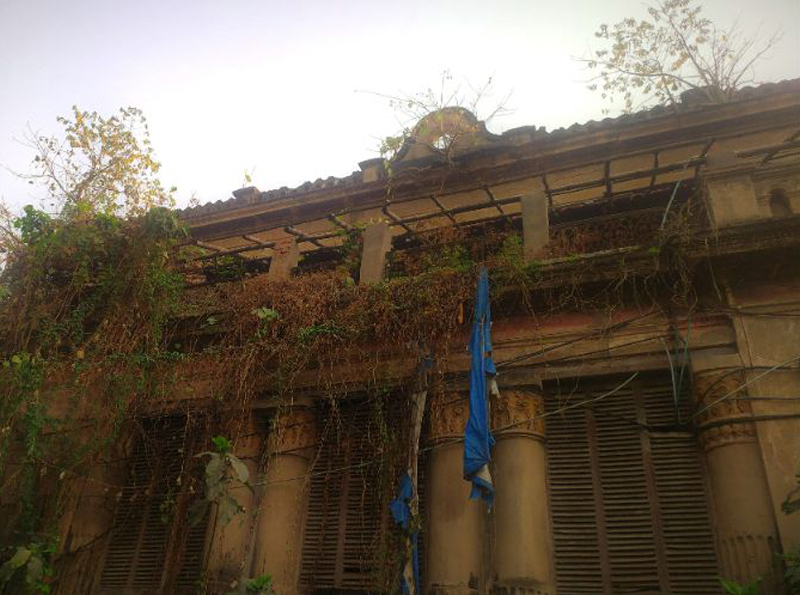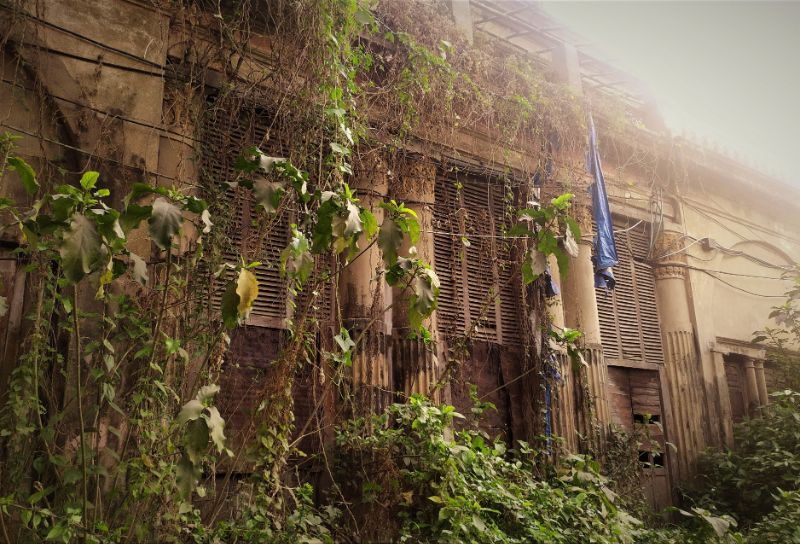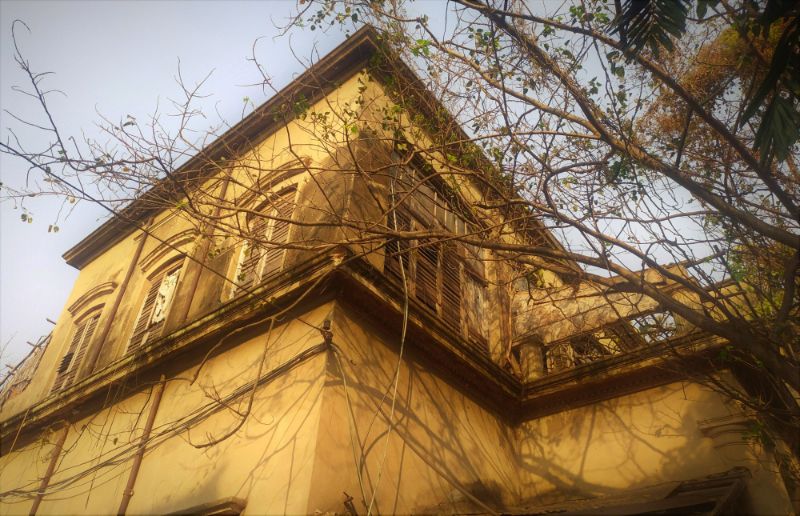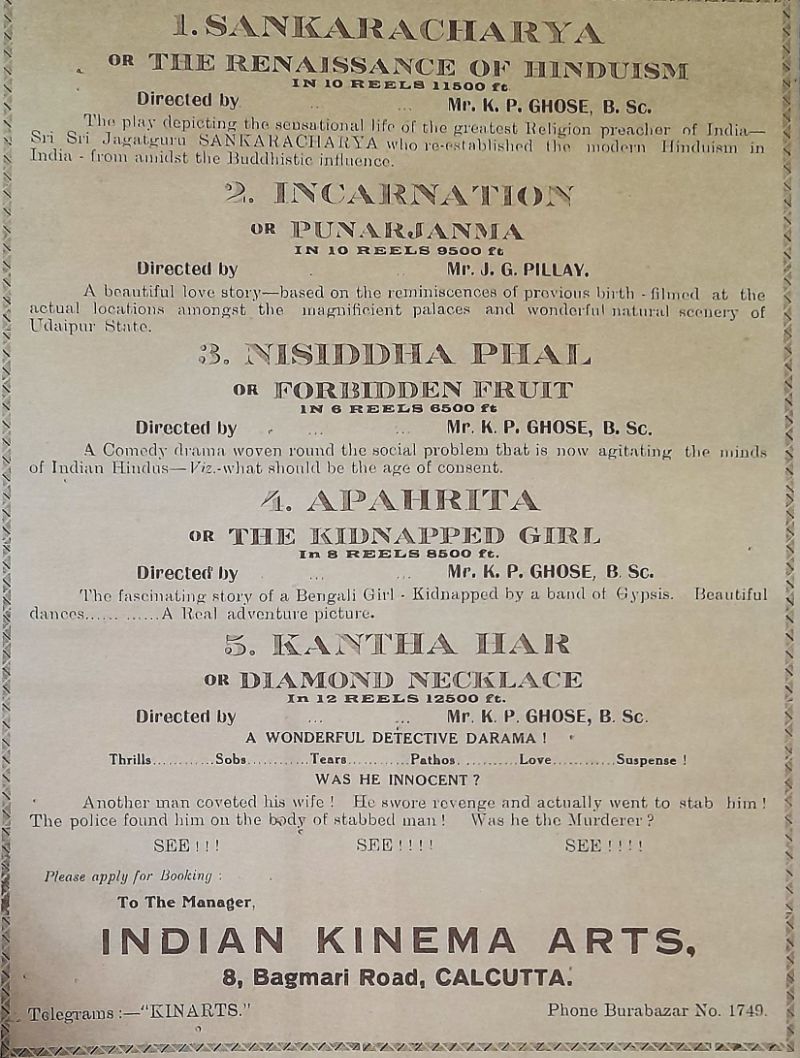
Indian Kinema Arts
Address: 8 Bagmari Road
Years Active: 1927-1932
First Film: Shankaracharya
Language: Bengali
Director: Kaliprasad Ghosh
Released on: 25.03.27 at Cornwallis Theatre
Ghanshyam Das Choukhani, Kaliprasad Ghosh and Dhiren Gangopadhyay (DG) came together to build this studio and laboratory. In 1926, Ghanshyam had opened a company called Indian Kinema Arts. BD Ravel was its manager. Their office was in Dharmatala. Ghanshyam had given money to director Joygopal Pillai for adapting Premankur Atarthi’s short story titled Nishir Daak as Punarjanma. That was Ghyansham’s first production. The studio was not yet built. Pillai’s film was shot in Rajasthan. By this time, Ghanshyam had set his eyes on Kaliprasad Ghosh when he saw his directorial play, Atmadarshan, at Minerva. He was keen to involve Kaliprasad in films and had wanted him to write the screenplay for Bankim Chandra Chattopadhyay’s Kapalkundala. However, that was not destined to be as Madan Company took away the rights for it from Bankim. As a result, there was no other option but to buy the rights of Girishchandra’s Shankaracharya. Kaliprasad started writing. The initial plan to rope in Pillai to direct it did not materialize since he was not keen on a mythology. Subsequently, Kaliprasad had to take on the responsibility of directing it. It was Kaliprasad who found the garden house in Bagmari. That was where the studio was finally established. DG came forward to help Kaliprasad. DG had put in a lot of effort in the making of the film, apart from acting in it. However, he was not given due credit for the effort. As a result, he severed all ties with the studio after this initiative. Shankaracharya was the first film to release, and with Punarjanma (director Jayagopal Pillai, 1927), Nishiddha Phal (director Kaliprasad Ghosh, 1928), Apahrita (director Kaliprasad Ghosh, 1929), Kanthahar (director Kaliprasad Ghosh, 1930), Pardeshiya (director Niranjan Pal, 1931), Bhagyalakshmi (director Kaliprasad Ghosh, 1932) and Parashmoni (director Charu Roy, 1932, unreleased) – a total of eight silent films were made by this studio. Kaliprasad quit Bagmari studio after Bhagyalakshmi. He had understood that survival in this market would not be possible unless talkie machines were brought in. With that intention in mind, it was decided to turn Indian Kinema Arts into a limited company. But Ghanshyam neither wanted to take anyone else in this venture nor was he able to organize the required funds. As a result, the studio slowly receded to the backdrop in the sound era. After Kaliprasad quit, Ghanshyam roped in Niranjan and Charu Roy to make films, but with little success. After a point, Bagmari studio lost out while trying to compete with Madan.
Selected Bengali Filmography
Did You Know?
Many stalwarts of the Bengali film industry made their debut at Indian Kinema Arts. That includes Nirmalendu Lahiri, Nibhanani Devi, Jiban Gangopadhyay (Shankaracharya), Nitin Bose (Punarjanma), Bhumen Roy (Apahrita).




